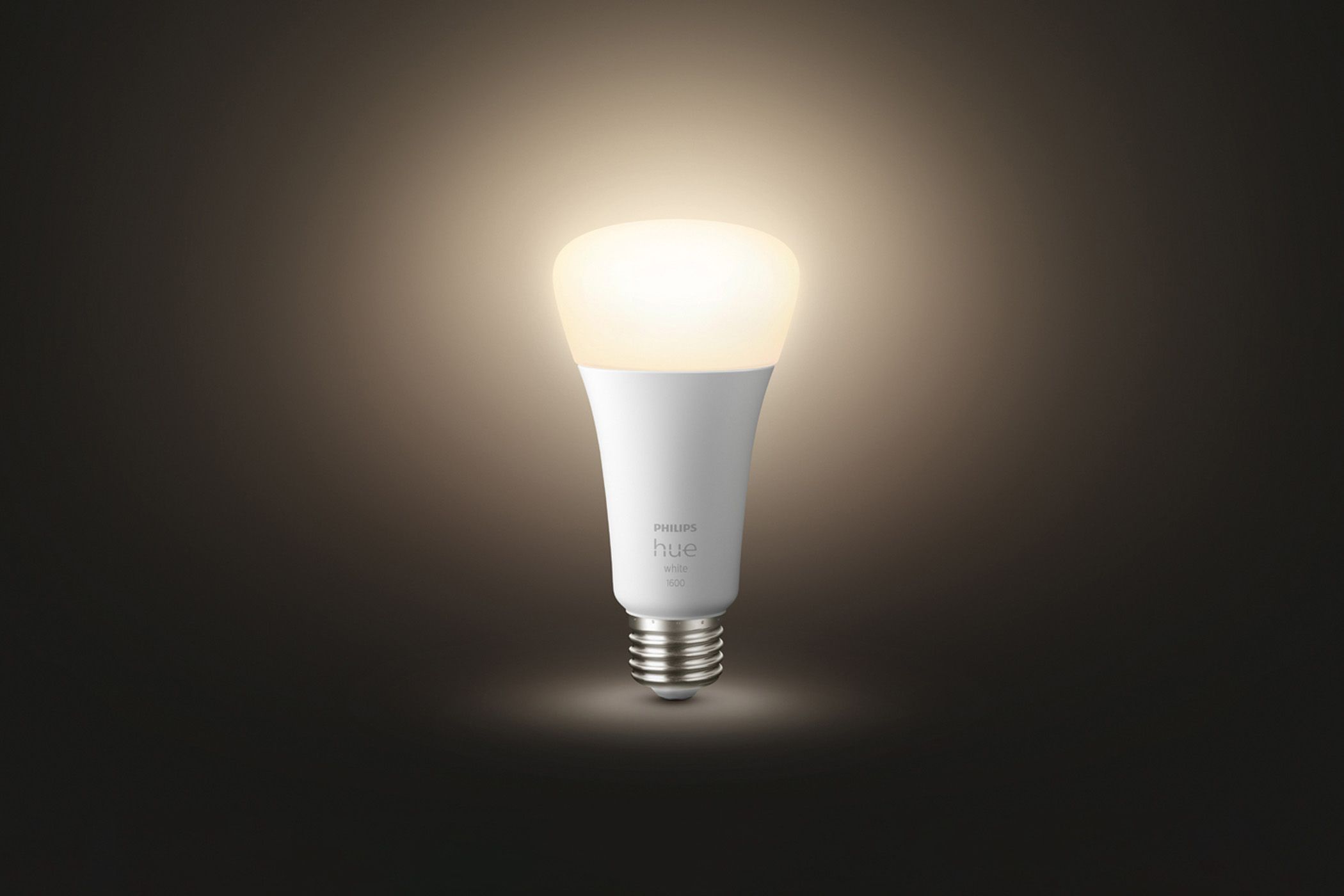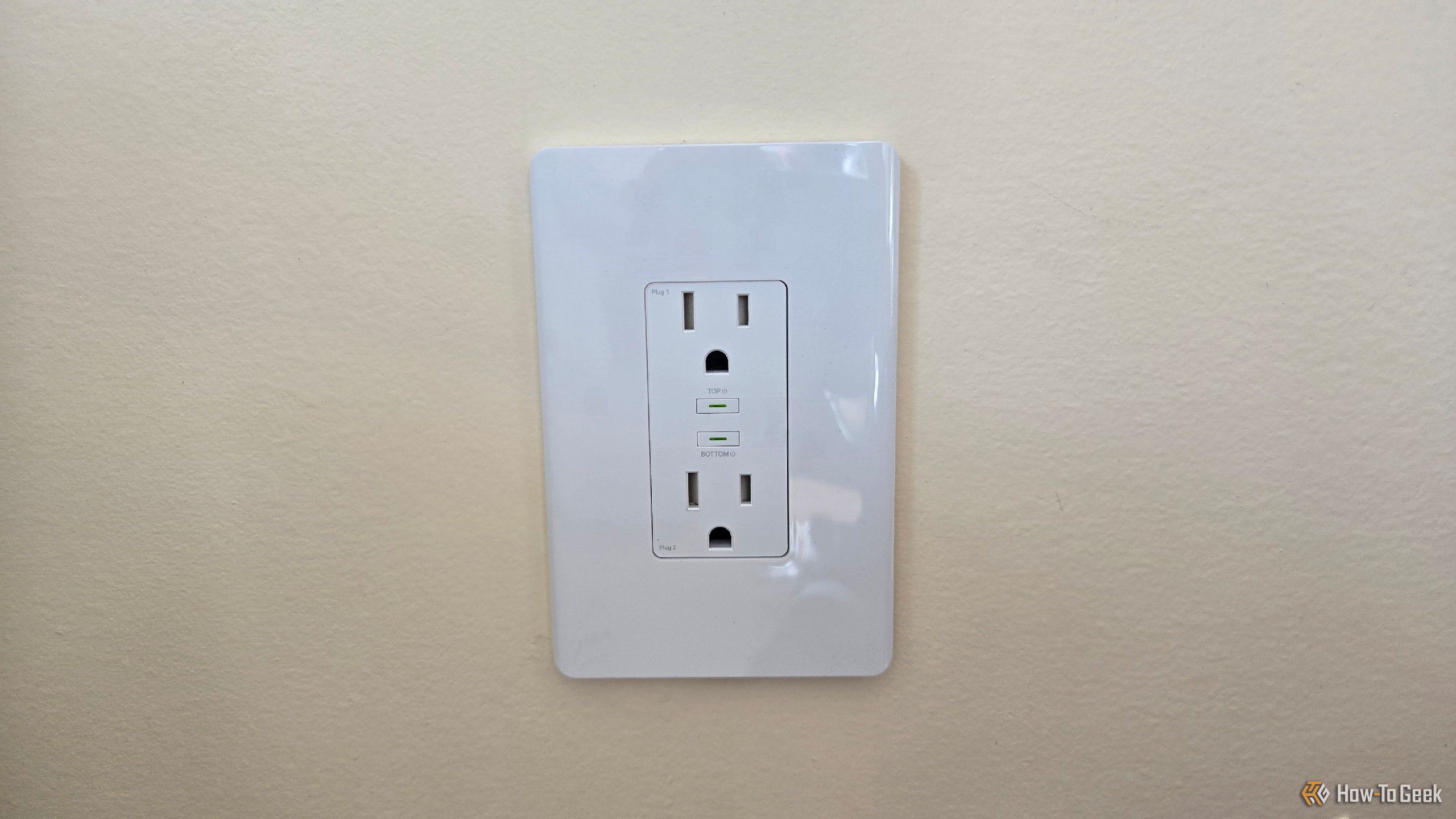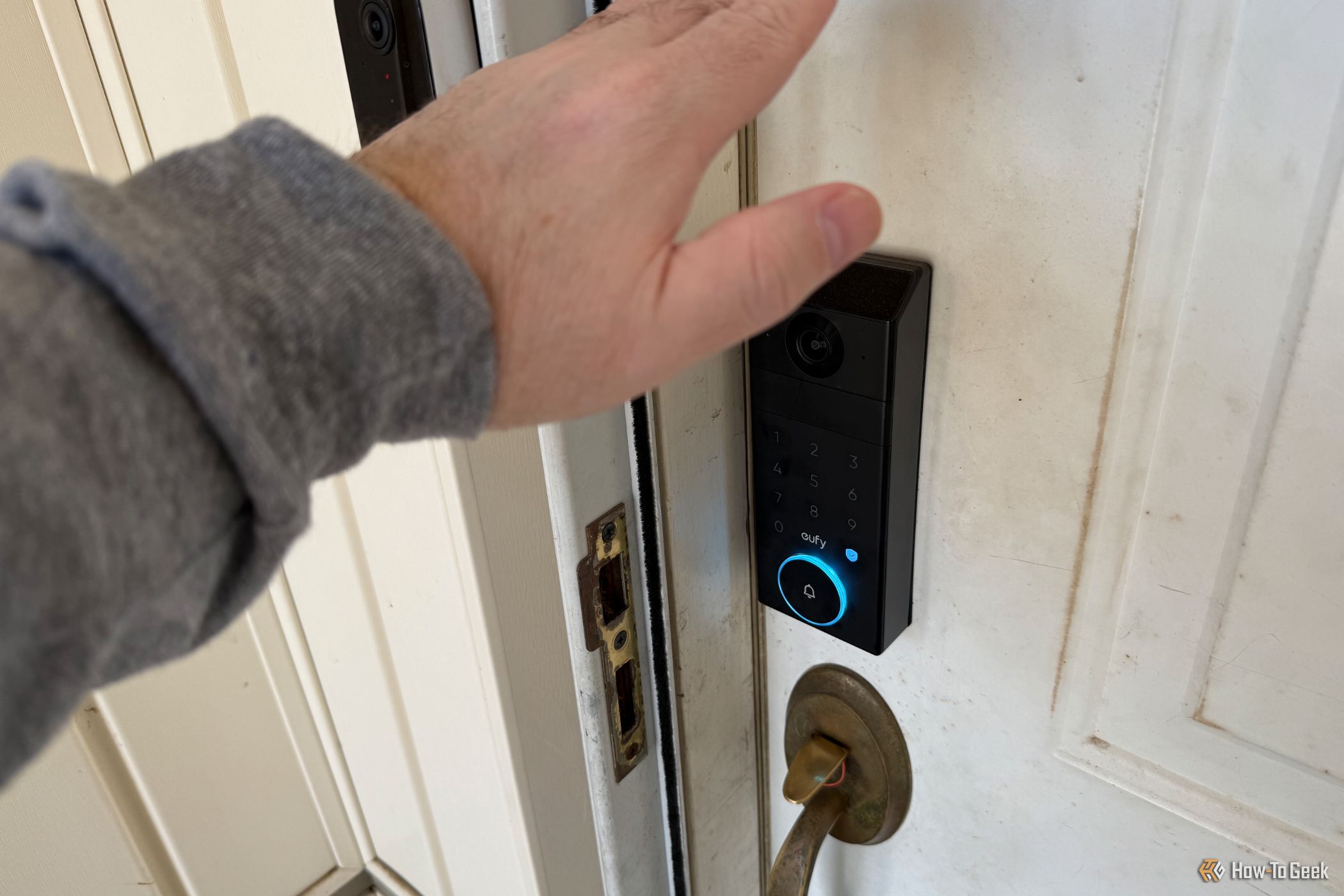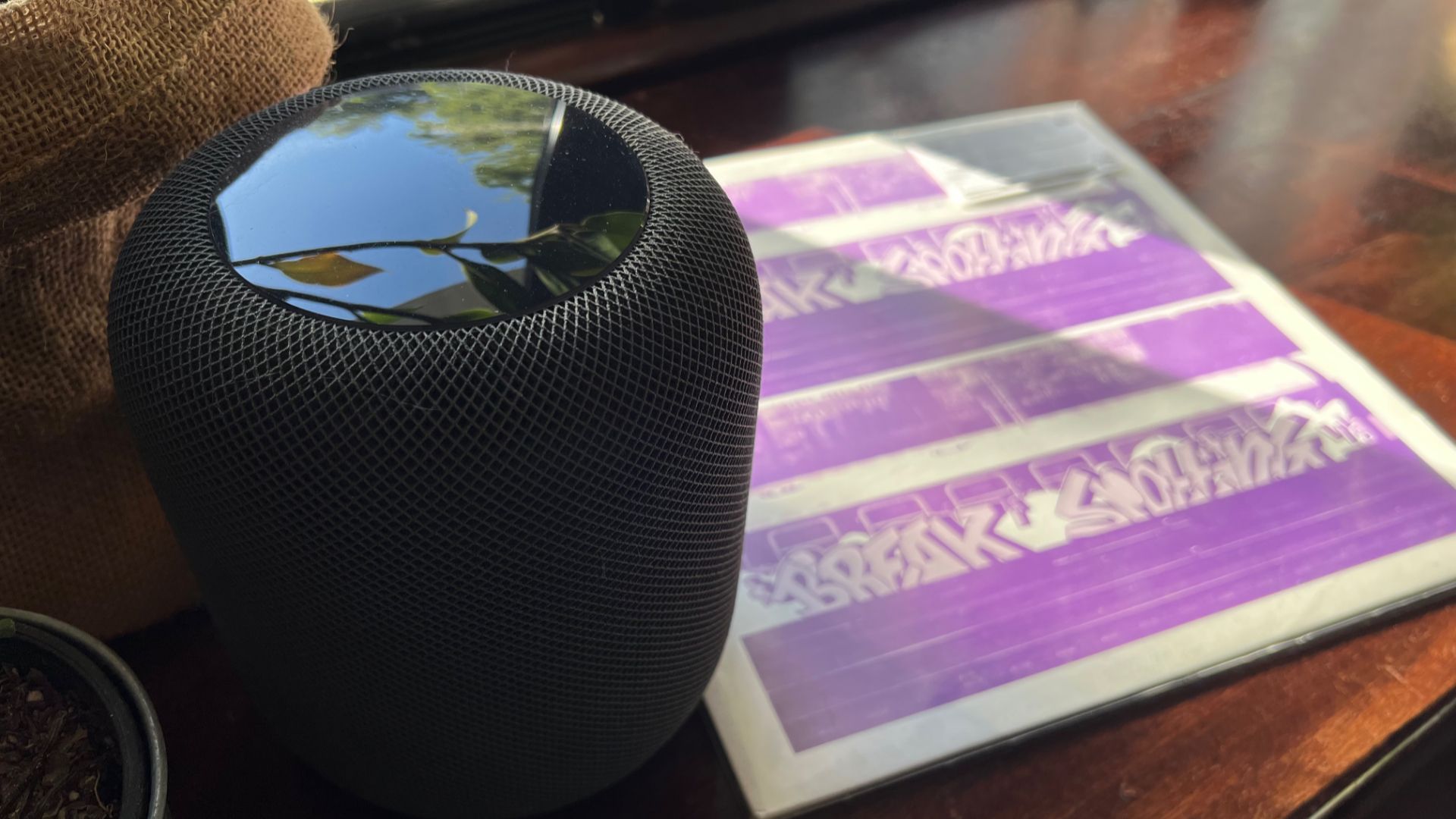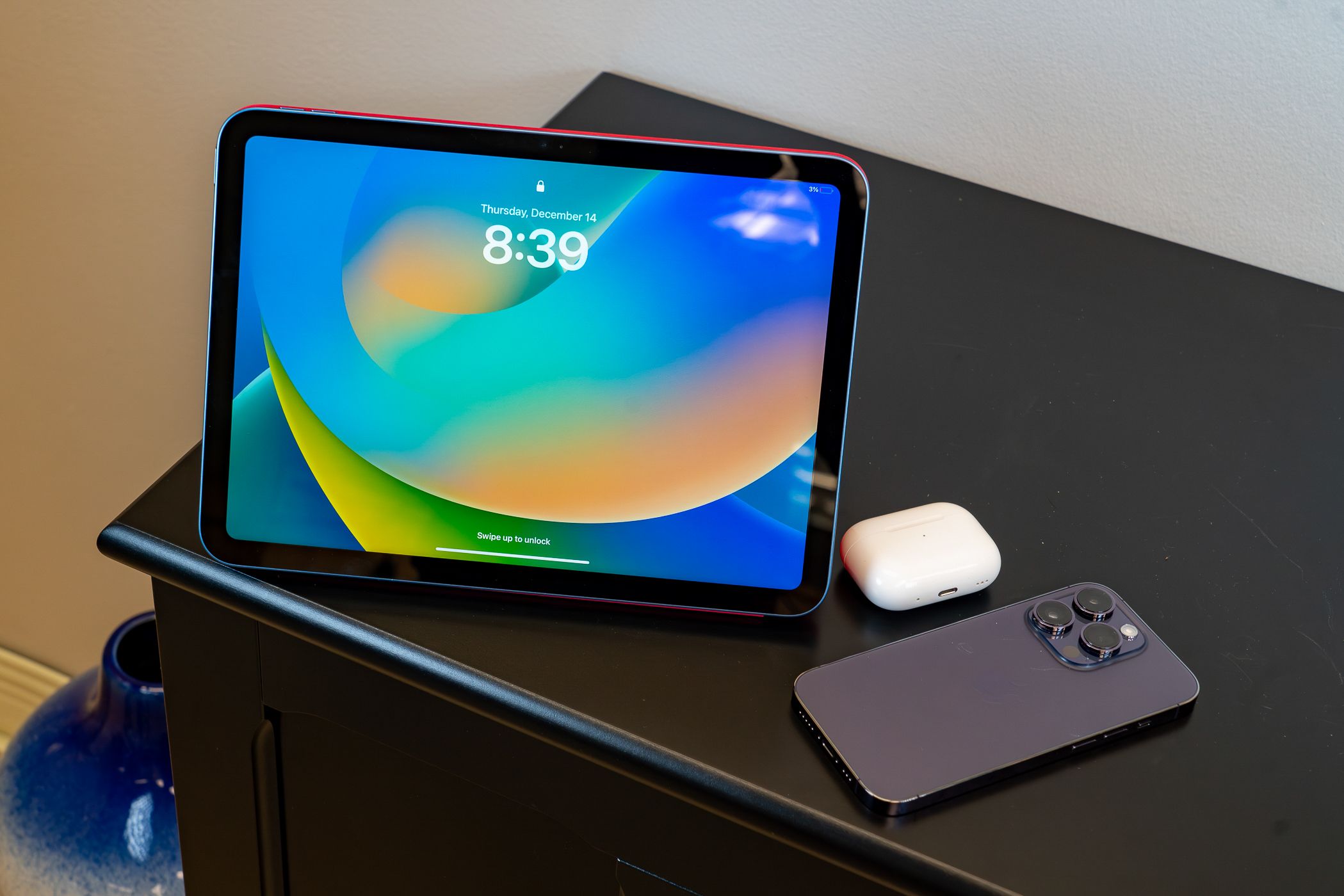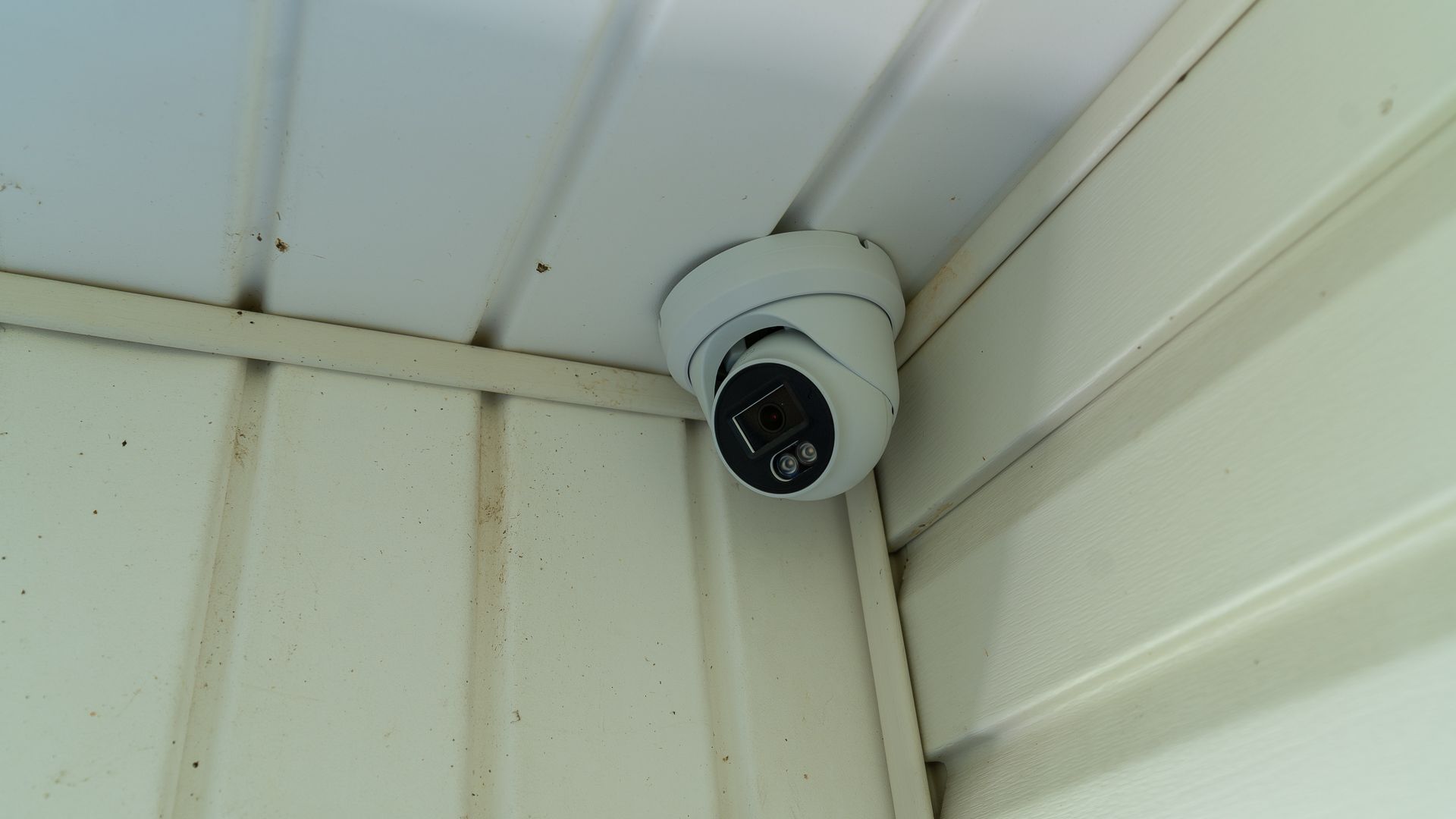Building the perfect smart home isn’t cheap. It’s a process you want to get right first-time, since sinking a lot of money into an imperfect solution will require even more expense to put right later.
The first few years I’ve spent in my current house have been spent on DIY, acquiring furniture, and landscaping. Now it’s time to start thinking seriously about a smart home, so here’s how I’ll be blowing the budget (eventually).
7
A Full Set of Smart Bulbs and Lights
Smart bulbs are one of the simplest upgrades you can make to a house, but they aren’t cheap. A four-pack of color-changing Philips Hue bulbs, widely considered to be the gold standard, hovers around the $200 mark. As an Apple household, HomeKit-compatible bulbs like these are a must (at least until the Matter standard gains ground and hopefully brings down prices).
While buying in bulk is the cheapest way to kit out your home, it also requires the most money upfront. I’d need at least two packs of these bulbs to cover most rooms and lamps, and that’s without additional feature lighting in the living room and benchtop lighting in the kitchen.
For a feature light in the living room, I have my eyes on something like the Govee RGBIC Smart Neon Rope Light 2 ($99) or the previous iteration. In the kitchen, something like the LIFX 120” LED Lightstrip ($88) would give me enough light to work with, though I’d probably need two of them for the renovations we’ve got planned.
Added up, this is easily more than $650 worth of lights (not including the areas I’ve probably forgotten about).
6
Smart Outlets Instead of Plugs
I’ve said it before and I’ll say it again: smart plugs and outlets are easily the most effective smart home upgrade. While smart plugs are cheap and effective in that they add simple on-and-off functionality to any electrical device, they’re also a bit cumbersome.
Here in Australia, the size of our outlets means that most smart plugs are wide enough the block the other outlet when in use. The more features a smart plug has (like power consumption monitoring), the bigger it tends to be. Getting two of those babies side-by-side in a woefully small Aussie outlet isn’t going to work.
The answer, then, is to replace the sockets instead. By adding smarts to the wall outlet, you can control power directly at the wall. So far I’ve had problems finding suitable HomeKit-compatible wall sockets from reputable companies that won’t cause the building to catch fire.
I’ve yet to find the TP-Link Tapo Matter outlet that is available in the U.S. (that Bertel reviewed for How-To Geek only a few months ago). Even if I could, the $30 asking price multiplied by the number of sockets I need (plus the cost of getting them installed by an electrician, at which point I’d take the liberty to add a few more) will add up to hundreds.
It’s my next project, so I’m going to have to dig deep soon.
5
Smart Locks with Palm Recognition
I’ve wanted a smart lock ever since I got locked out and had to hand over hundreds of dollars to a locksmith who essentially ended up brute-forcing his way in. One lesson I learned is to not forget your keys when leaving the house on a Sunday evening. The other lesson is that a smart lock is probably cheaper than a locksmith callout.
Picking a smart lock has been my biggest issue, something I put on hold when I saw TP-Link introduce palm vein recognition at CES 2025. Since then, Eufy has released the Familock S3 Max which also includes this
functionality. Being brand new devices. These locks demand a premium (and the S3 even includes a camera).
Is it worth the $400 suggested retail price? Yes, apparently. There’s something very futuristic about the “open sesame” nature of presenting your palm without touching anything. You also get a few backup methods to open your door, like a code and Apple Home integration.
It’s debatable whether I need a smart lock for both the front and back doors, but why do things by half?
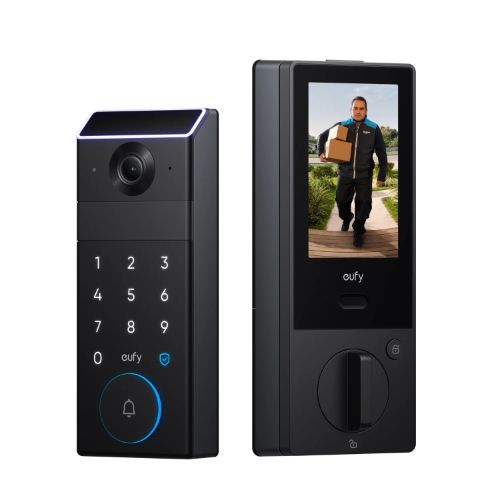
- Brand
-
Anker
- Connectivity
-
Wi-Fi
Eufy FamiLock S3 Max brings together a smart lock and video doorbell together into a single package. Along with a PIN pad, the smart lock feature palm vein authentication biometrics. After enrolling, you’ll just place your palm around 4 inches away from the scanner at the top of the smart lock. It also features a video camera that can sense motion when anyone comes near your front door. On the inside, a large screen will show you who is at the door without the need for an app or smart display.
4
More HomePods
I have a first-generation HomePod that I’ve had since release. While I didn’t think I’d use it that much, it turns out that I use it every day. I’ve even managed to figure out how to broadcast vinyl records to it over AirPlay. It just so happens to be a small, svelte-looking device that easily fills a room with music.
I’ve been on the hunt for a second one, but Apple demands a premium at $299. I’m convinced one at either end of the living room would offer a meaningful upgrade. Even though one HomePod sounds incredible and is able to fill a room, there’s no denying that two speakers are better than one (if only for the “stereo pair” functionality).
On top of this, a smaller HomePod for the kitchen feels like a must. I’d also love one in the master bedroom, and another in the odd “sun room” at the front of the house that we use mostly as a wardrobe. I’d consider putting one in the bathroom, though I’d probably pick up a cheap second-hand model since I’m not sure about how well Apple’s speakers can survive humid environments.
This whole-home audio solution would set me back another $600 or so. This is considerably cheaper than it used to be in the era of laying miles of speaker wire but still feels like a lot of money to spend all at once.
3
An iPad
I love the idea of an iPad, but I’ve yet to justify the purchase. I read and consume news and social media on my iPhone, I work on a MacBook, and I don’t play a lot of mobile games. I’d love an iPad for music creation but I don’t get enough time to do it to justify the purchase. That’s where smart home duties come in.
Even though Apple is rumored to be launching a smart home control panel any day now, the iPad is still a perfect fit for the task. While it’s true that a smart home that’s actually “smart” runs on automation, there are still times when a control panel comes in handy.
Rather than wasting money on a smart fridge, an iPad for your kitchen from which you can control other smart home devices, follow recipes, control music, have access to Siri, and review camera footage or see live streams is a much better use of your funds.
Best of all, you don’t need a fancy expensive iPad for this task. The cheapest iPad starts at only $349, uses a modern design, and works with accessories like the Apple Pencil and Magic Keyboard Folio if you need them. Buy a fridge mount, wall mount, or kitchen stand, and charge it with any USB-C plug you have lying around.
2
A Powerful PoE Injector
I was quite surprised to learn that you can power almost any smart home device with a suitably powerful Power over Ethernet (PoE) injector. This bit of kit does exactly what the name suggests: adding power to Ethernet lines that connect directly to your smart home devices.
The goal here is to deliver both power and connectivity over a single line. This is great for camera systems and access points since it means that you don’t have to worry about multiple cable runs. Not relying on Wi-Fi for your camera setup also means you can forget about using rechargeable units or solar panels since the cameras will always be powered for as long as they are hooked up to your router.
PoE splitters go a step further by allowing you to “break out” a powered Ethernet line so that you can use the juice to power other devices. How much power you need depends on what you’re hoping to achieve with the highest wattage coming from the PoE+++ standard (100W of theoretical power, 71W of effective power).
These things can get expensive fast, but something else I need to do to make this work is lay some actual Ethernet cable. This takes the task from being a one-off expense to a more involved one, even though it’s probably worth it in the end.
1
A Set of Security Cameras
The main reason I’m planning on a powered Ethernet cable setup is the pursuit of a security camera setup. While I’m really not interested in having cameras inside the house, I’m very keen on capturing what’s happening outside. These setups aren’t cheap, especially when I’m going to need four or five cameras to capture all angles.
The more you spend, the more you get in terms of features and image quality. Something like the REOLINK 8MP 180º Dual-Lens camera provides a wide view at 4K resolution with a spotlight for around $140. More advanced options with higher-resolution sensors and pan-tilt-zoom (PTZ) options will set you back even more.
Buying in bulk offers the best value and allows you to get the whole job done at once, but will also cost you the most money up-front. Since home security is something you probably don’t want to compromise on, spending a bit more money on cameras that capture usable video seems like a wise decision.
If you’re in the process of building a home, factoring these purchases into the price from the outset is a solid plan. If you’ve purchased an older house or apartment, making the necessary changes after the fact requires a bit more planning.
Whatever you do, make sure you pick the right smart home ecosystem. If you’re big on automation and willing to put the work in, Home Assistant will probably yield the best results.

